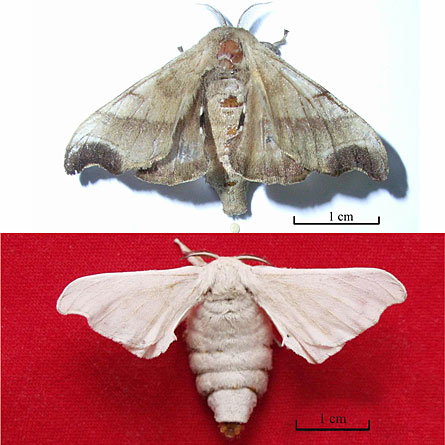- More than 2 years ago
A sampling of today’s domesticated silkworms reveals a rich tapestry of genes, suggesting that a lot of individuals were tamed during a relatively short time, scientists report online August 27 in Science.


By mapping the genetic books of instructions for 11 wild silkworms collected in mulberry fields in China and 29 domesticated silkworms of differing pedigrees, Jun Wang and colleagues found that the domesticated silk-makers still have 83 percent of the genetic variation observed in the wild. Still, the genetic makeup of domesticated silkworms is distinct enough to distinguish them from their wild counterparts, suggested domestication happened quickly, says Wang, of the Beijing Genomics Institute at Shenzhen in China.
The scientists identified 354 genes that may be linked to traits that were selected for during the caterpillars’ domestication some 5,000 years ago, including genes associated with silk-making, reproduction and metabolism. Delving deeper may reveal the genetic steps that led to domesticated silkworms’ ability to withstand crowding and human handling, Wang says.
Such work might better illuminate exactly when and where domestication took place and might suggest future genetic refinements that would increase the silk-making capacity. The work could also improve efforts to employ silkworms as biological factories that pump out useful proteins in the lab.






